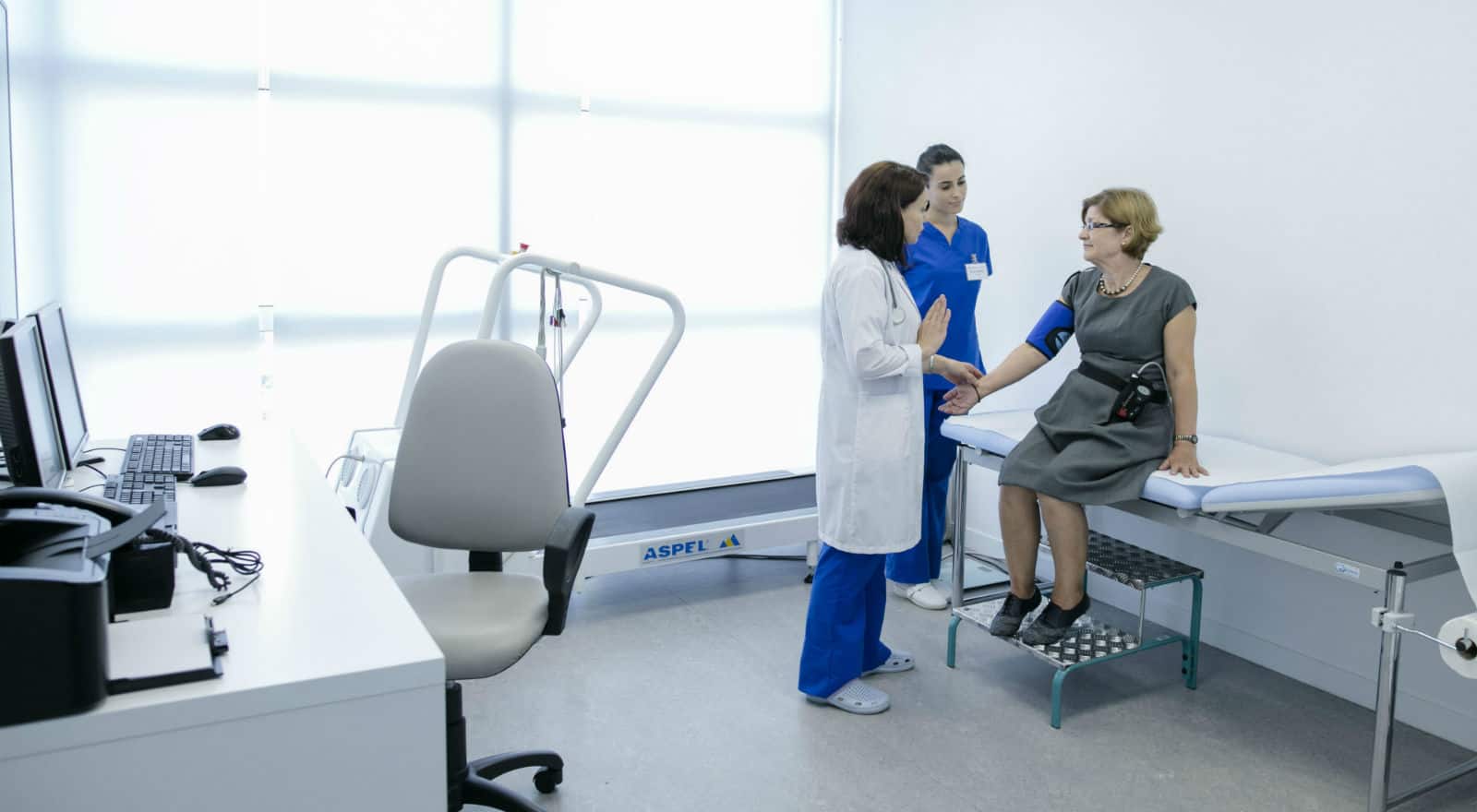
An Ambulatory Blood Pressure Monitor is a device designed to measure and record your blood pressure continuously over 24 or 48 hours. In some cases, your doctor may recommend monitoring for a longer period if necessary.
The device includes:
The data collected is analyzed using specialized software and the expertise of a cardiologist. Typically:
Why is it Important? ❤️
More than 50% of middle-aged individuals suffer from essential hypertension (high blood pressure with no identifiable cause). Since high blood pressure can damage the heart and other organs, continuous monitoring is crucial.
The ambulatory blood pressure monitor helps doctors:
Who Needs an Ambulatory Blood Pressure Monitor? 🤔
This test is particularly useful for:
How to Use an Ambulatory Blood Pressure Monitor 🛠️
While wearing the device, you can go about your normal daily activities, but you should:
The device may be used multiple times:
A Simple Step Towards Better Health 🌟
Using an Ambulatory Blood Pressure Monitor is a safe, non-invasive way to get a complete picture of your blood pressure throughout the day and night. By tracking how your body responds to stress, rest, and treatment, your doctor can provide the most effective care to help you manage your health.
Take control of your health—book your appointment for a ABPM today.
DISCLAIMER: The information presented on this page has been intentionally condensed and simplified to make it accessible and easier to understand for the general audience. Its purpose is solely to provide basic awareness and education on the topic discussed. It is important to note that this content is not exhaustive and does not replace or serve as a substitute for professional medical advice, diagnosis, or treatment. Readers are strongly advised to seek consultations with qualified healthcare professionals or specialists for accurate assessment, personalized guidance, and appropriate medical care. Relying solely on the information provided here, without professional oversight, may lead to misunderstandings or inadequate treatment.
Privacy policy
Copyright ©2025 Klinika Kajo. Designed By Vizional